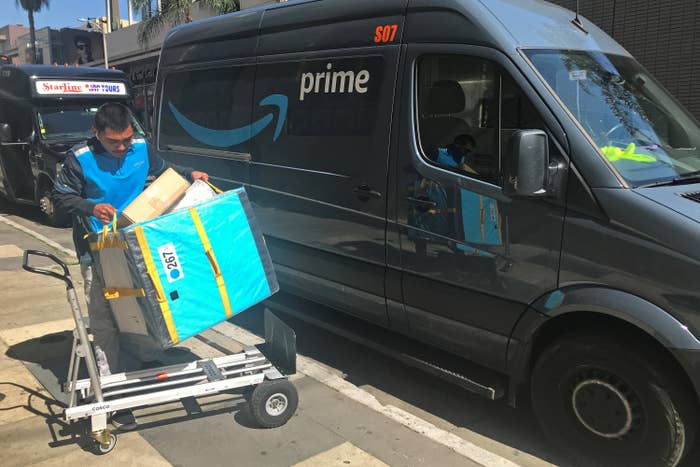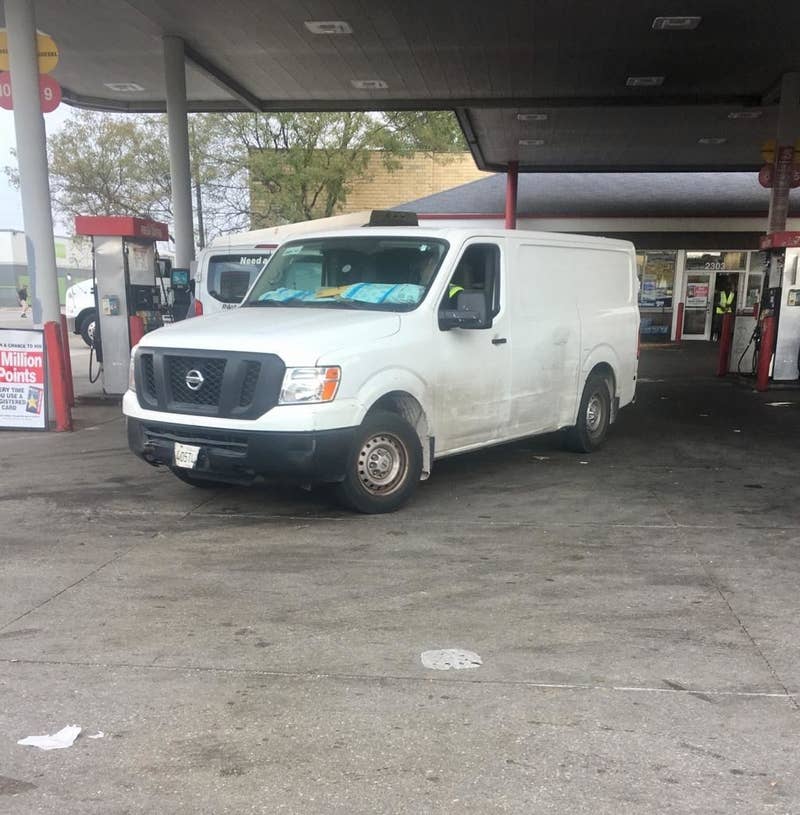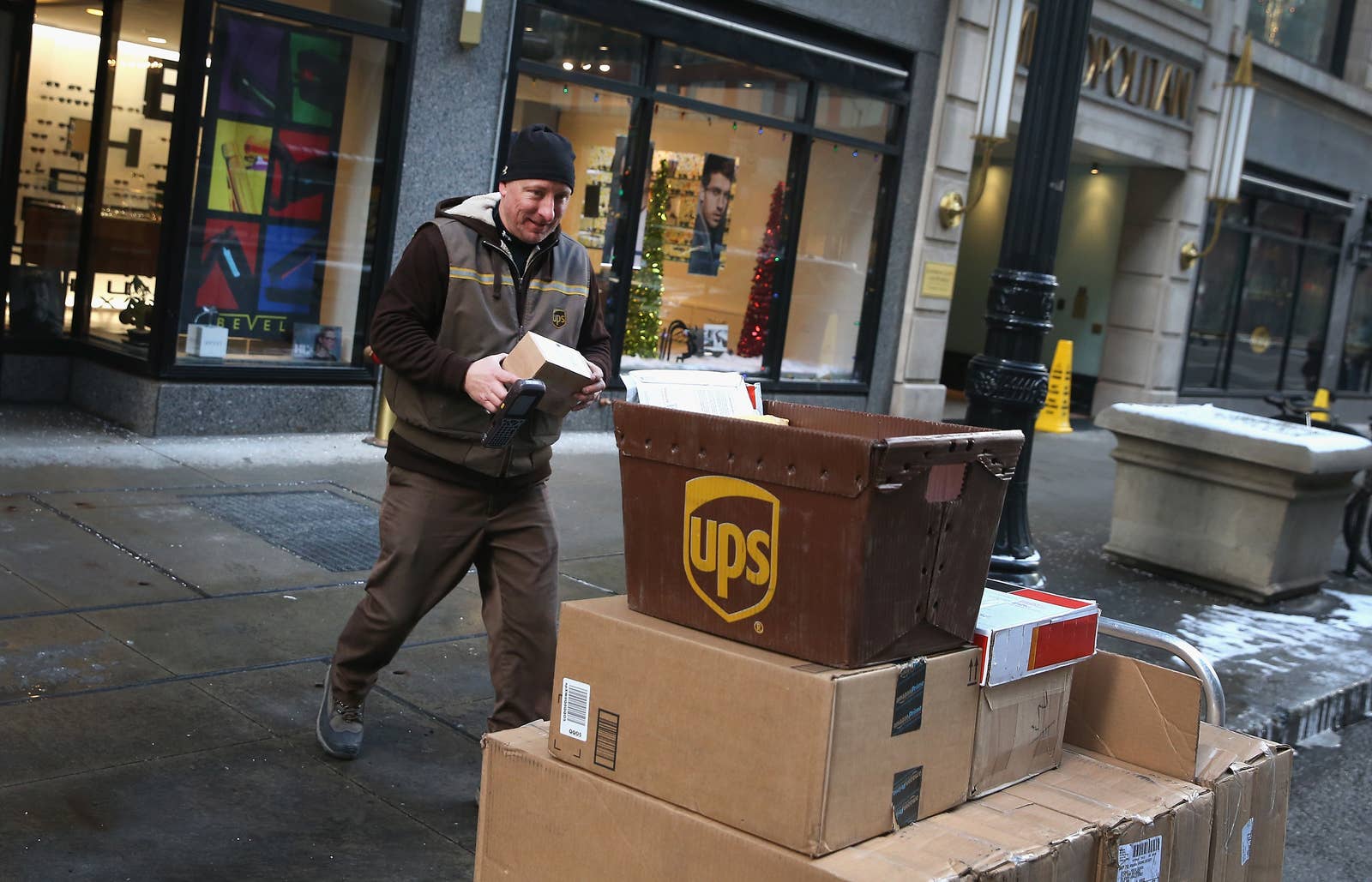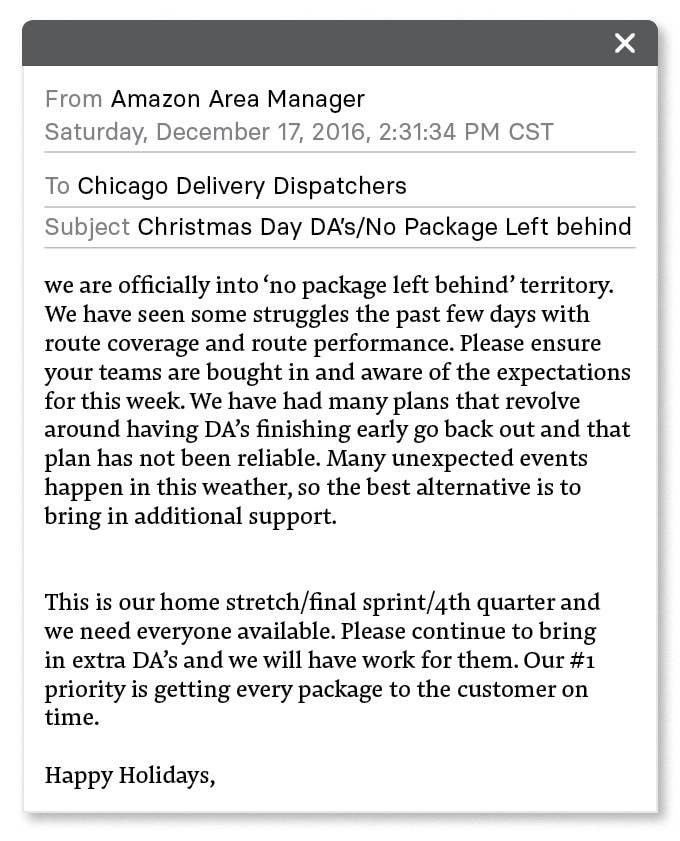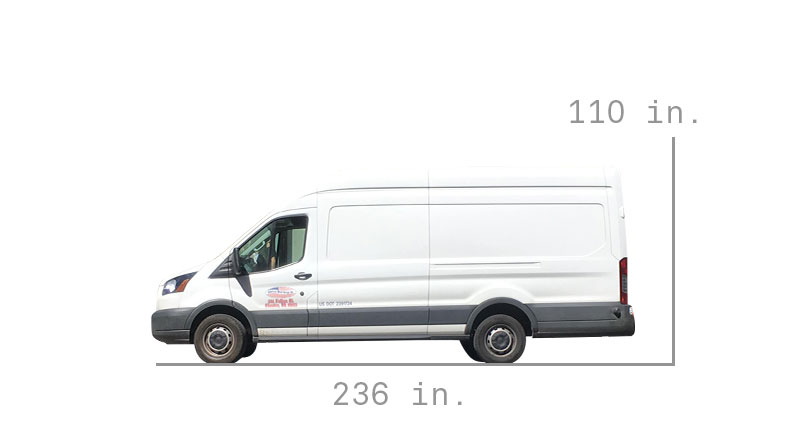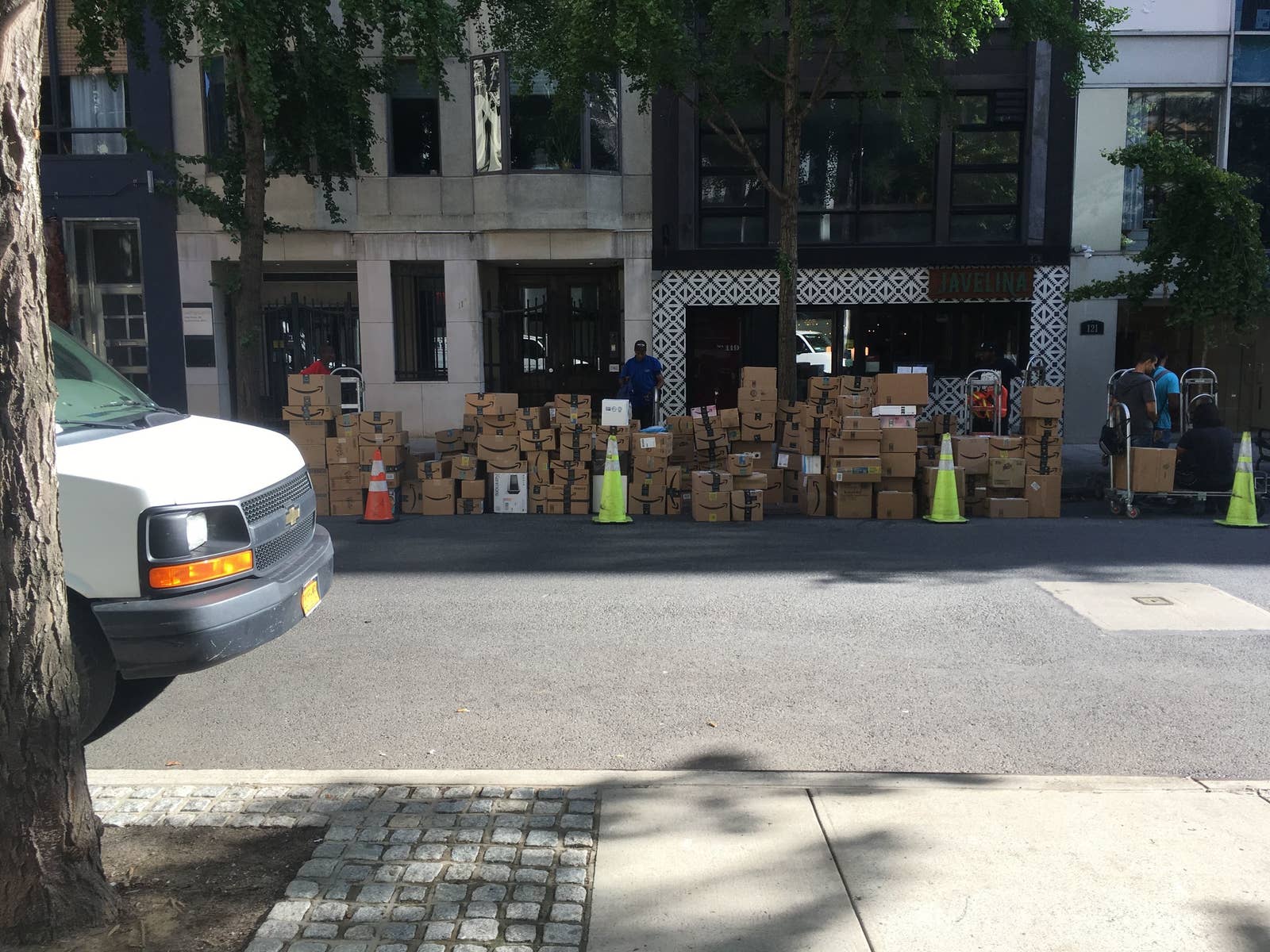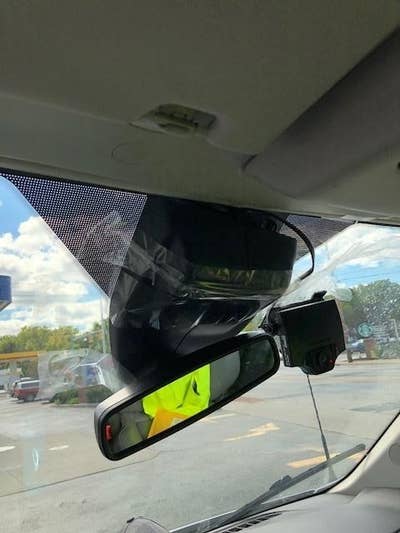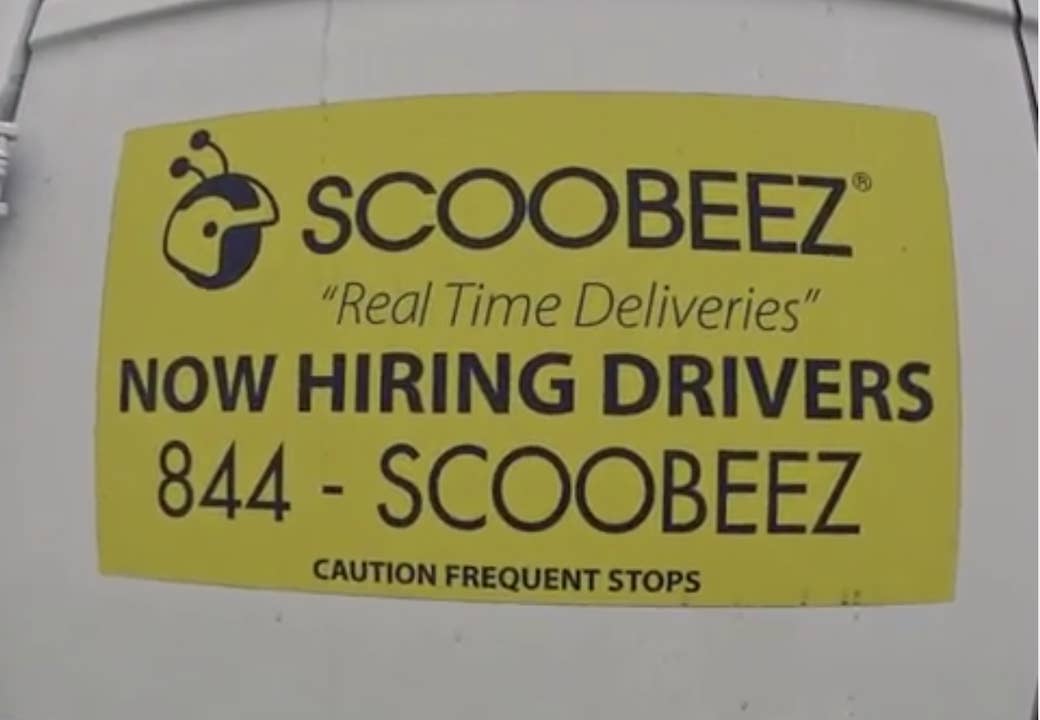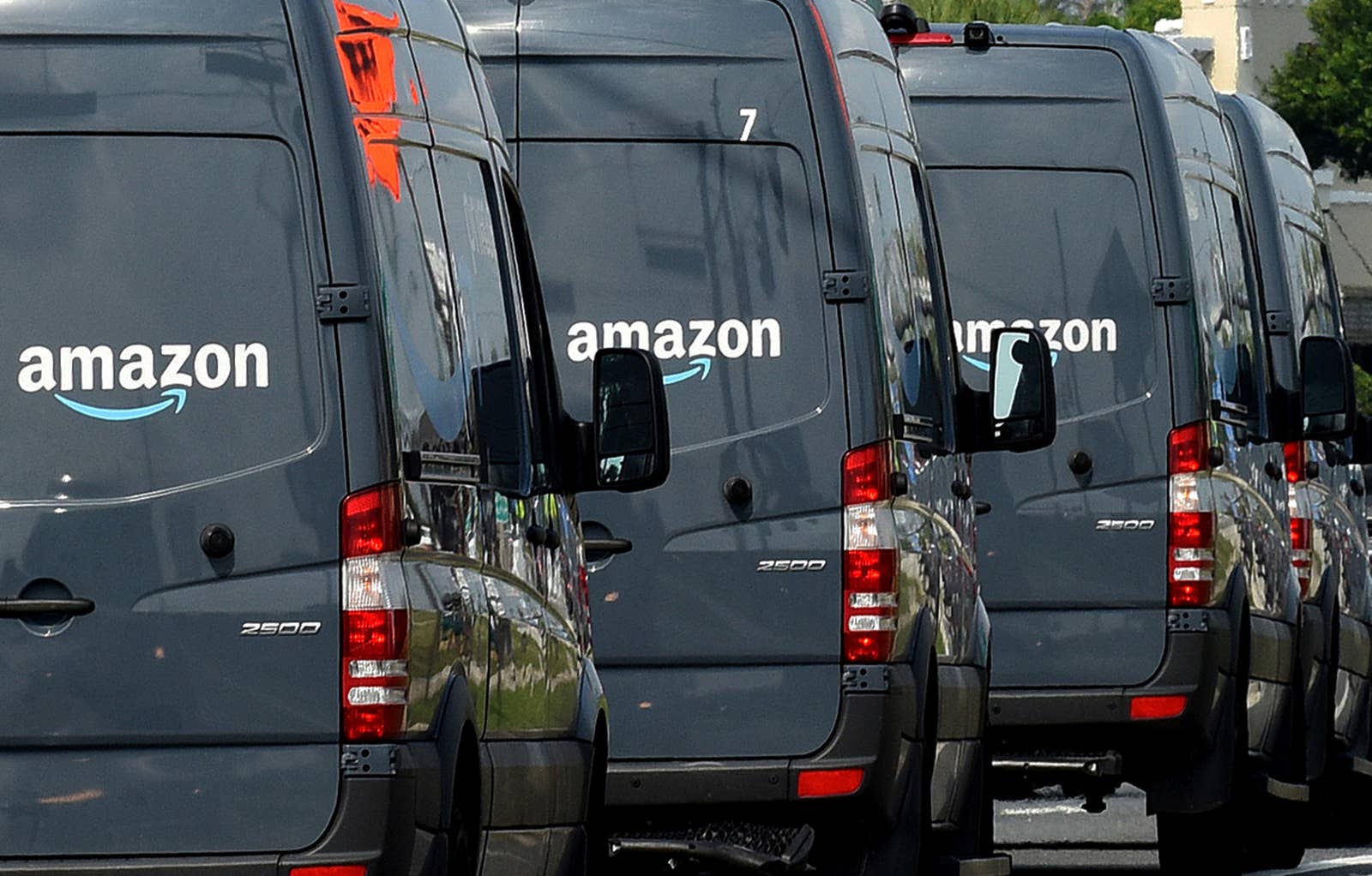A Viral Email About Coronavirus Had People Smashing Buses And Blocking Hospitals
Ukraine’s security service said the fake email that was supposedly from the Ministry of Health had actually been sent from outside the country.

Sergei Supinsky / Getty Images
Evacuees look out from a bus as they leave an airport in Kharkiv, Ukraine.
KYIV — A dangerous mix of fear and fake news about the coronavirus has sparked violent protests in Ukraine, despite there being no confirmed cases in the country.
Protests and clashes with riot police have broken out in several places after a mass email claiming to be from Ukraine’s health ministry spread false information that there were five cases of coronavirus in the country, on the same day a plane carrying evacuees from China arrived.
Protesters have smashed the windows of buses carrying evacuees and set fire to makeshift barricades.

Valentyn Ogirenko / Reuter
A stone is thrown towards a police van during a protest against the arrival of evacuees from China.
But the email, sent to the Ministry of Health’s entire contact list, had actually originated from outside Ukraine, the Security Service of Ukraine (SBU) said in a statement.
Only two Ukrainians have been infected with the coronavirus and they are aboard the Diamond Princess cruise ship docked in Japan, and they've already recovered.
Disinformation surrounding the coronavirus has spread online globally and caused panic in other countries ever since the outbreak started in Wuhan, China, in December.

Maksym Mykhailyk / Getty Images
Local residents protest the plans to quarantine evacuees at a local hospital in the settlement of Novi Sanzhary.
In Ukraine, where trust in the health care system and the government is low, anxiety about the outbreak spread as fast as the fake news claiming the first cases had arrived in the country was disseminated online. It didn’t seem to matter that Ukraine’s Center for Public Health put out a message warning of the fake news or that President Volodymyr Zelensky said authorities had everything under control.
“Attention! The reports about five confirmed cases of COVID-19 coronavirus in Ukraine are UNTRUE,” the Center for Public Health said in a statement, referring to the official name of the disease caused by the coronavirus.
“We urge the media not to disseminate this information and to inform the press service of the Health Ministry of Ukraine of the sender of this information upon receipt of the letter.”
Oleksiy Kucher, the governor of the Kharkiv region where the plane carrying Ukrainian evacuees from China’s Hubei province landed, told people, “not to sow panic — everything is fine. All who are on board are healthy.”
But the messages trying to reassure people were not the ones that went viral.

Sergei Supinsky / Getty Images
A medical worker smokes between ambulances during the arrival of evacuees in Kharkiv.
February 20, 2020
SEE https://plawiuk.blogspot.com/2020/02/coronavirus-email-hoax-led-to-violent.html
MORE ON THIS
Coronavirus Case Numbers Jumped Overnight. It’s Because We Changed How We Count Them. Dan Vergano · Feb. 13, 2020
Ukraine’s security service said the fake email that was supposedly from the Ministry of Health had actually been sent from outside the country.

Sergei Supinsky / Getty Images
Evacuees look out from a bus as they leave an airport in Kharkiv, Ukraine.
KYIV — A dangerous mix of fear and fake news about the coronavirus has sparked violent protests in Ukraine, despite there being no confirmed cases in the country.
Protests and clashes with riot police have broken out in several places after a mass email claiming to be from Ukraine’s health ministry spread false information that there were five cases of coronavirus in the country, on the same day a plane carrying evacuees from China arrived.
Protesters have smashed the windows of buses carrying evacuees and set fire to makeshift barricades.

Valentyn Ogirenko / Reuter
A stone is thrown towards a police van during a protest against the arrival of evacuees from China.
But the email, sent to the Ministry of Health’s entire contact list, had actually originated from outside Ukraine, the Security Service of Ukraine (SBU) said in a statement.
Only two Ukrainians have been infected with the coronavirus and they are aboard the Diamond Princess cruise ship docked in Japan, and they've already recovered.
Disinformation surrounding the coronavirus has spread online globally and caused panic in other countries ever since the outbreak started in Wuhan, China, in December.

Maksym Mykhailyk / Getty Images
Local residents protest the plans to quarantine evacuees at a local hospital in the settlement of Novi Sanzhary.
In Ukraine, where trust in the health care system and the government is low, anxiety about the outbreak spread as fast as the fake news claiming the first cases had arrived in the country was disseminated online. It didn’t seem to matter that Ukraine’s Center for Public Health put out a message warning of the fake news or that President Volodymyr Zelensky said authorities had everything under control.
“Attention! The reports about five confirmed cases of COVID-19 coronavirus in Ukraine are UNTRUE,” the Center for Public Health said in a statement, referring to the official name of the disease caused by the coronavirus.
“We urge the media not to disseminate this information and to inform the press service of the Health Ministry of Ukraine of the sender of this information upon receipt of the letter.”
Oleksiy Kucher, the governor of the Kharkiv region where the plane carrying Ukrainian evacuees from China’s Hubei province landed, told people, “not to sow panic — everything is fine. All who are on board are healthy.”
But the messages trying to reassure people were not the ones that went viral.

Sergei Supinsky / Getty Images
A medical worker smokes between ambulances during the arrival of evacuees in Kharkiv.
Tensions reached a fever pitch by midday in the village of Novi Sanzhary, in Ukraine’s central Poltava region, where residents protested the arrival of the evacuees over fears they could be infected with the coronavirus, including smashing the windows of buses transporting them.
The protesters fought with police while trying to block the road leading to a health facility where the evacuees — 45 Ukrainians and 27 foreign citizens, as well as 22 crew members and doctors — are to be held in quarantine for at least 14 days to make sure they aren’t carrying the virus.
Videos posted on social media showed hundreds of police in riot gear dragging protesters away and using armored vehicles to move tractors blocking the road.

Valentyn Ogirenko / Reuters
An injured man receives assistance during the protest against the evacuees arriving in Ukraine.
As the skirmish dragged on, Ukraine’s National Guard had to counter what it said was more fake news, this time about the medical staff at Novi Sanzhary’s hospital fleeing the facility.
By evening, the government had dispatched the prime minister, Oleksiy Honcharuk, and the interior minister, Arsen Avakov, to the village to deal with the turmoil.

Maksym Mykhailyk / Getty Images
Protesters in Novi Sanzhary.
Meanwhile, in the western Lviv region, people used tires and cars to block the entrance to a hospital because they were afraid the evacuees could be brought there and their children would get infected.
And in nearby Ternopil, people gathered with a priest on a road to block access to a medical facility and pray that the Ukrainians returning from China would be kept away from it.
“We are praying so that God can help save us from all of this,” said one of the attendees.
“God forbid the virus spreads further,” said another.
President Zelensky said Thursday the authorities were doing everything possible to make sure the virus wouldn’t spread to Ukraine. In a statement posted to Facebook, he called for calm and reassured Ukrainians they weren’t in danger.

Sergei Supinsky / Getty Images
A security officer wearing a protective facemask in Kharkiv.
There is no risk of infection, Zelensky told the nation, only “the danger of forgetting that we are all human and we are all Ukrainians.” He said the panic showed “far from the best side of our character.”
On Facebook, some of the evacuees posted about the harassment they were receiving and said they were shocked by those protesting their return.
One of them, a woman named Svitlana, told BBC’s Ukrainian service that she had received death threats because of her choice to return to Ukraine.
Oleksandr Makhov, who was also aboard the flight, posted a selfie from the plane and praised the flight attendants, pilots, and medics who helped rescue him.
“Shame,” he said of the protesters.
The panic in Ukraine came as China, which has on several occasions changed how it reports new coronavirus infections, said on Thursday it had seen a decrease, according to media reports which cited the country’s health authorities.
The cumulative total of infections globally has reached 75,778 with 2,130 deaths, most in central Hubei province, according to a live tracker from John Hopkins University.
Meanwhile, South Korea reported its first coronavirus death, and Japan reported the deaths of two citizens aboard the Diamond Princess cruise ship.
Nina Jankowicz, a disinformation fellow at the Wilson Center and author of the forthcoming book How to Lose the Information War, told BuzzFeed News from Washington that health-related disinformation and misinformation has huge potential in Ukraine because there is mistrust in the state health care system, which is widely viewed as inefficient and subpar.
“Combine this with mistrust toward official government information sources and a sensationalist media and you have a recipe for panic, especially with a pandemic like coronavirus,” she said.
The protesters fought with police while trying to block the road leading to a health facility where the evacuees — 45 Ukrainians and 27 foreign citizens, as well as 22 crew members and doctors — are to be held in quarantine for at least 14 days to make sure they aren’t carrying the virus.
Videos posted on social media showed hundreds of police in riot gear dragging protesters away and using armored vehicles to move tractors blocking the road.

Valentyn Ogirenko / Reuters
An injured man receives assistance during the protest against the evacuees arriving in Ukraine.
As the skirmish dragged on, Ukraine’s National Guard had to counter what it said was more fake news, this time about the medical staff at Novi Sanzhary’s hospital fleeing the facility.
By evening, the government had dispatched the prime minister, Oleksiy Honcharuk, and the interior minister, Arsen Avakov, to the village to deal with the turmoil.

Maksym Mykhailyk / Getty Images
Protesters in Novi Sanzhary.
Meanwhile, in the western Lviv region, people used tires and cars to block the entrance to a hospital because they were afraid the evacuees could be brought there and their children would get infected.
And in nearby Ternopil, people gathered with a priest on a road to block access to a medical facility and pray that the Ukrainians returning from China would be kept away from it.
“We are praying so that God can help save us from all of this,” said one of the attendees.
“God forbid the virus spreads further,” said another.
President Zelensky said Thursday the authorities were doing everything possible to make sure the virus wouldn’t spread to Ukraine. In a statement posted to Facebook, he called for calm and reassured Ukrainians they weren’t in danger.

Sergei Supinsky / Getty Images
A security officer wearing a protective facemask in Kharkiv.
There is no risk of infection, Zelensky told the nation, only “the danger of forgetting that we are all human and we are all Ukrainians.” He said the panic showed “far from the best side of our character.”
On Facebook, some of the evacuees posted about the harassment they were receiving and said they were shocked by those protesting their return.
One of them, a woman named Svitlana, told BBC’s Ukrainian service that she had received death threats because of her choice to return to Ukraine.
Oleksandr Makhov, who was also aboard the flight, posted a selfie from the plane and praised the flight attendants, pilots, and medics who helped rescue him.
“Shame,” he said of the protesters.
The panic in Ukraine came as China, which has on several occasions changed how it reports new coronavirus infections, said on Thursday it had seen a decrease, according to media reports which cited the country’s health authorities.
The cumulative total of infections globally has reached 75,778 with 2,130 deaths, most in central Hubei province, according to a live tracker from John Hopkins University.
Meanwhile, South Korea reported its first coronavirus death, and Japan reported the deaths of two citizens aboard the Diamond Princess cruise ship.
Nina Jankowicz, a disinformation fellow at the Wilson Center and author of the forthcoming book How to Lose the Information War, told BuzzFeed News from Washington that health-related disinformation and misinformation has huge potential in Ukraine because there is mistrust in the state health care system, which is widely viewed as inefficient and subpar.
“Combine this with mistrust toward official government information sources and a sensationalist media and you have a recipe for panic, especially with a pandemic like coronavirus,” she said.
February 20, 2020
SEE https://plawiuk.blogspot.com/2020/02/coronavirus-email-hoax-led-to-violent.html
Coronavirus Case Numbers Jumped Overnight. It’s Because We Changed How We Count Them. Dan Vergano · Feb. 13, 2020
Dan Vergano · Feb. 9, 2020

Christopher Miller is a Kyiv-based American journalist and editor.

Christopher Miller is a Kyiv-based American journalist and editor.
